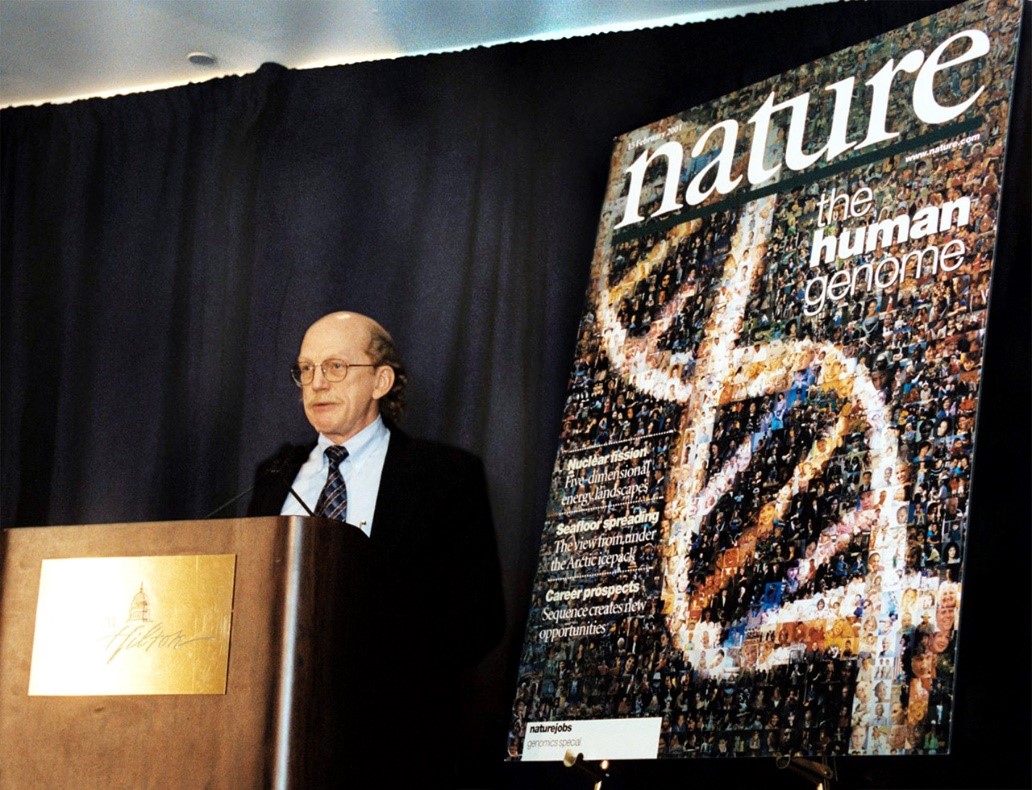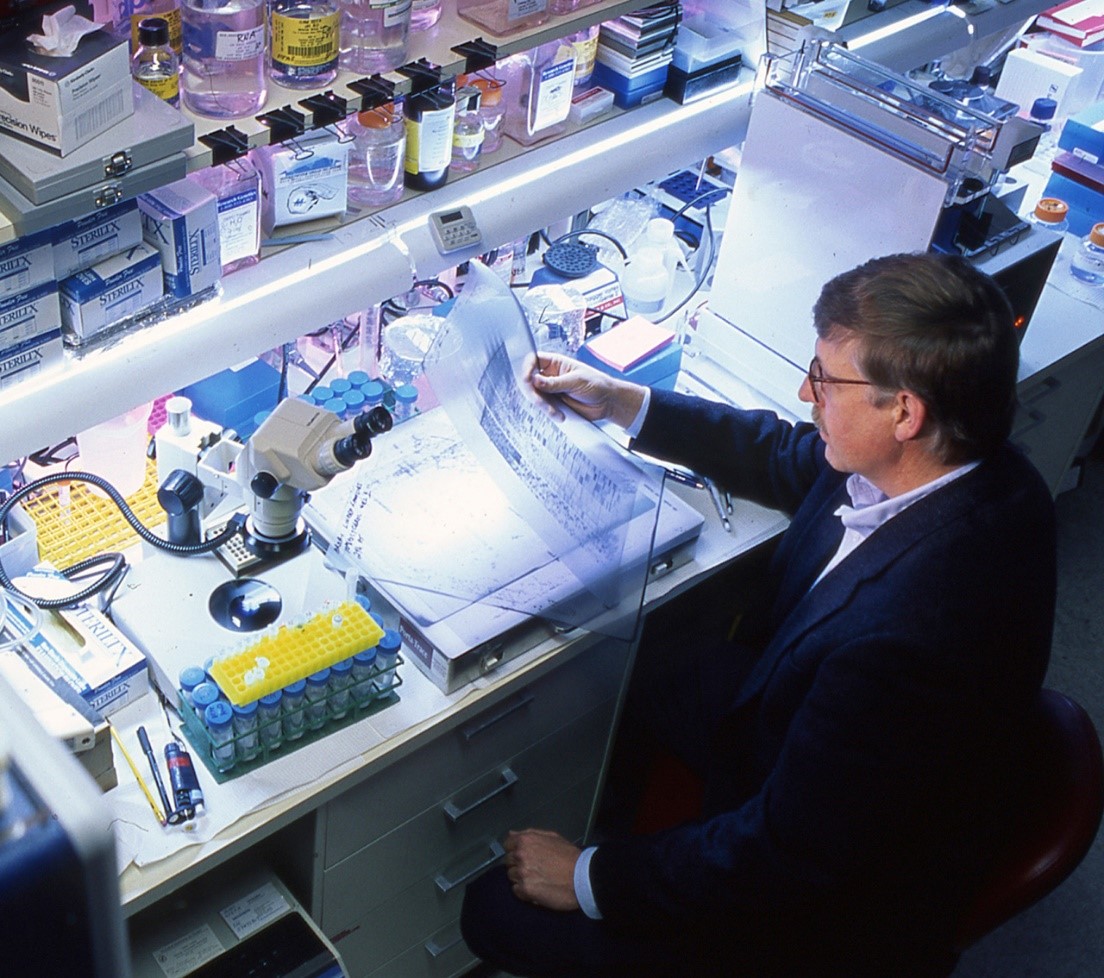The Human Genome Project was an international research effort to determine the sequence of the human genome and identify the genes that it contains. The project officially began in 1990, and the sequencing of the first human genome was completed in 2003 with an estimated cost of $3 billion and involved more than 200 scientists from around the world. The Human Genome Project was originally planned to last 15 years, but technological advances accelerated the completion date to 2003. The Human Genome Project was an international research effort to determine the sequence of the human genome and identify the genes that it contains. The Human Genome Project was a great scientific achievement. It has led to advances in medicine and other areas, such as agriculture and biotechnology.

The Human Genome Project was able to map out 92% of the genome in April 2003. The project also revealed that there were 20,000 human genes, which make up only about 1% of our genome. The remaining part of the genome does not code for proteins. Some of these non-coding regions are regulatory elements of other genes and aid in the transcription, others are pseudogenes or remnants of ancient genes. Over half of the non-coding region contain repetitive sequences that are hard to piece together. The regions of chromosomes called telomeres and centromeres are also non-coding. Some of these repetitive sequences are called transposable elements, due to their ability to insert themselves into any given location within the genome, sometimes disrupting functional genes and causing genetic diseases such as hemophilia.

In 2003, when the first complete human genome was published, there were around 400 gaps within the sequence. The sequencing tools at the time were only capable to sequence about 500-nucleotide-long fragments, which created more fragments that are made up of repetitive sequences. Since the fragments were very similar, it was hard to figure out where these fragments overlapped. As the sequencing tools improved, they were able to sequence longer fragments, reaching up to 5000 nucleotides. With fewer fragments, it was easier to detect the overlapping points. Forming a continuous DNA map from the repetitive sections took 19 years, and the first end-to-end human genome was published in March 2022.
VRLab Academy lets you both discover the key molecules of life and explore the gene expression journey from nucleotides to proteins. In VRLab Academy, you can investigate the structure of DNA with the "DNA Structure" experiment and conduct a gel electrophoresis analysis for sequencing with the "Nucleic Acids" experiment. Moreover, “DNA Origin of Proteins” experiment demonstrates how genetic instructions in our genome play a part in the process of protein synthesis. Book a demo meeting to explore more with VRLab Academy , and enhance your science education with us.
References
The Human Genome Project. (n.d.). Genome.gov. from https://www.genome.gov/human-genome-project